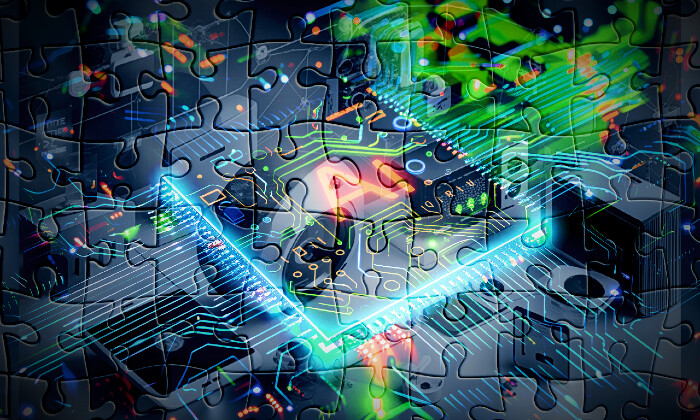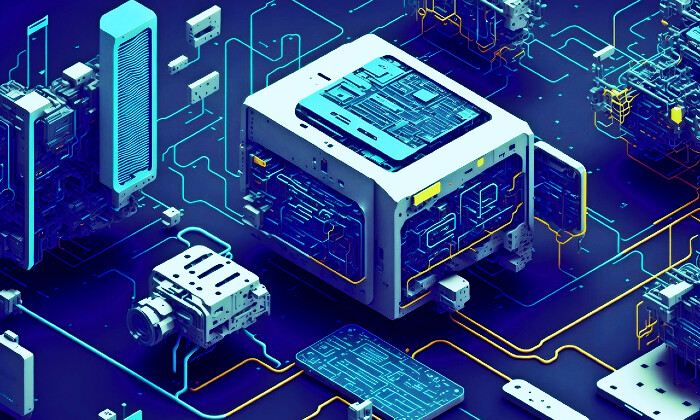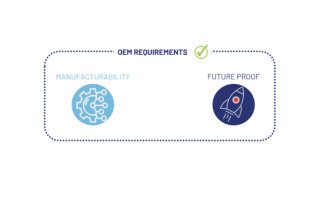Storage
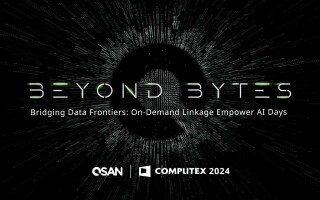
QSAN to Bring AI Storage to COMPUTEX 2024
April 25, 2024
Taiwan. At COMPUTEX 2024, QSAN will demonstrate its innovative solutions to advance enterprise in the future of AI. First, the XCubeFAS 5226 delivers unparalleled performance. It supports low latency, high throughput, and various IOPs to accelerate challenging workloads for AI applications.
Multimedia
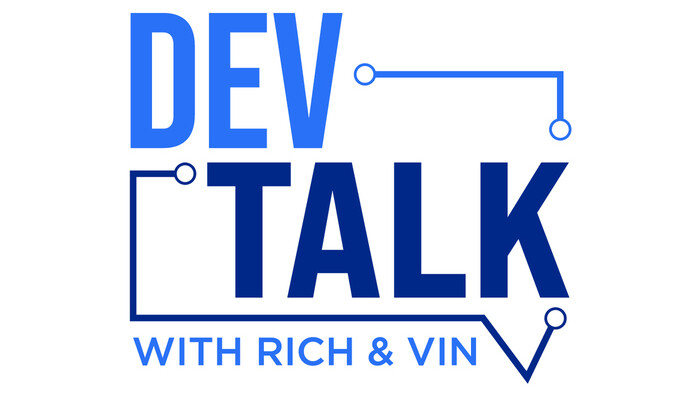
DevTalk with Rich and Vin (and Digi CEO)
April 25, 2024
Welcome to a slightly different version of our DevTalk with Rich and Vin podcast. In addition to doing our traditional tech talks, which you’ve clearly told us that you enjoy, we will be producing discussions with CEOs. But we won’t be going through the usual company blah, blah, blah. We’re going to dig a little deeper and find out what really drives these individuals, who are obviously very determined, or they wouldn’t be in the positions they are in. And we told them that to be a guest, they couldn’t limit or filter our questions in any way; anything and everything is on the table.
To get us started, we spent some time with Ron Konezny, the CEO of Digi International.
Consumer
-
Software-Defined Displays: The Secret Sauce for AR Smart Glasses
March 26, 2024
-
Lighter, Clearer, and More Immersive – How the Waveguide – Light Engine Combination Transforms Our View of AR Smart Glasses
March 20, 2024
-
Seeing Beyond Reality: What Are the Key Requirements That Define AR Smart Glasses' Success?
March 18, 2024
-
Wireless Haptic Vest Creates Immersive Experiences for Virtual Reality
March 15, 2024
Debug & Test
-
Rohde & Schwarz Presents Test Solutions for Embedded Systems
April 22, 2024
-
Embedded Testing Vs Software Testing – Key Differences
April 15, 2024
-
Debug and Analyze with PLS Development Tools During ew '24
February 05, 2024
-
TASKING Supports Arm Architecture for Automotive Development
January 29, 2024
Industrial
-
Is Talk of Industry 5.0 Premature?
April 24, 2024
-
AAEON Introduced an Android 11 10.1" Rugged Mobile Tablet Leveraging Rockchip RK3399
April 23, 2024
-
The Future of Embedded Software Development: The Trend Toward Greater Complexity is Reshaping Product Development
April 22, 2024
-
MediaTek's Vice Chairman and CEO Rick Tsai to Deliver COMPUTEX Keynote
April 18, 2024
Storage
-
Micron Releases a Global First
April 22, 2024
-
Embedded World 2024: High-Endurance, Robust Cross-Temp Reliability 176-Layer Storage, DDR5-5600 Solutions Take Center Stage at ATP Electronics’ Exhibit
April 05, 2024
-
New Greenliant eMMC and NVMe BGA SSDs on Display at embedded world 2024
April 05, 2024
-
embedded world 2024 Best in Show Nominees: Memory & Storage
April 01, 2024
Networking & 5G
-
Alif Semiconductor Announces BLE and Matter Wireless Microcontroller With Neural Co-Processor for AI/ML Workloads
April 10, 2024
-
Doubling Down on 5G: Integration of Two 5G Modules in One Device
April 10, 2024
-
How Single Pair Ethernet Streamlines Industrial Networks
April 04, 2024
-
Walter, an Open Source WiFi, BLE, LTE-M, NB-IoT, and GNSS Module for Prototyping and Production
April 02, 2024
Open Source
-
Semidynamics Drops its All-In-One AI IP On Us
April 11, 2024
-
DigiKey Hosts Great Board Giveaway, Technical Demos and More at Embedded World 2024
April 05, 2024
-
Circuit Playground Express: For Education, Pros Too?
April 03, 2024
-
Executive Viewpoint: Jason Kridner, BeagleBoard.org
April 02, 2024
Processing
-
Swift Processing from VersaLogic
April 24, 2024
-
The Evolution of Processor Cores, and Embedded World 2024
April 18, 2024
-
Embedded Executive: Looking For a Job? Focus on Your Writing, Webster & Webster
April 17, 2024
-
Innominds Leverages Qualcomm to Build New Edge AI Platform
April 15, 2024
Security
-
Embracing FIPS Validation in Medical Device Security
April 15, 2024
-
Road to embedded world: Tuxera Secures Storage and Networks
April 09, 2024
-
Advanced Cybersecurity Platform Now Integrates Six Vulnerability Management Tools Into One Interactive Dashboard
April 04, 2024
-
Trusted Digital Identities, Trusted IP, and Trusted Apps: Wibu-Systems’ Formula for Success at Embedded World 2024
April 02, 2024


